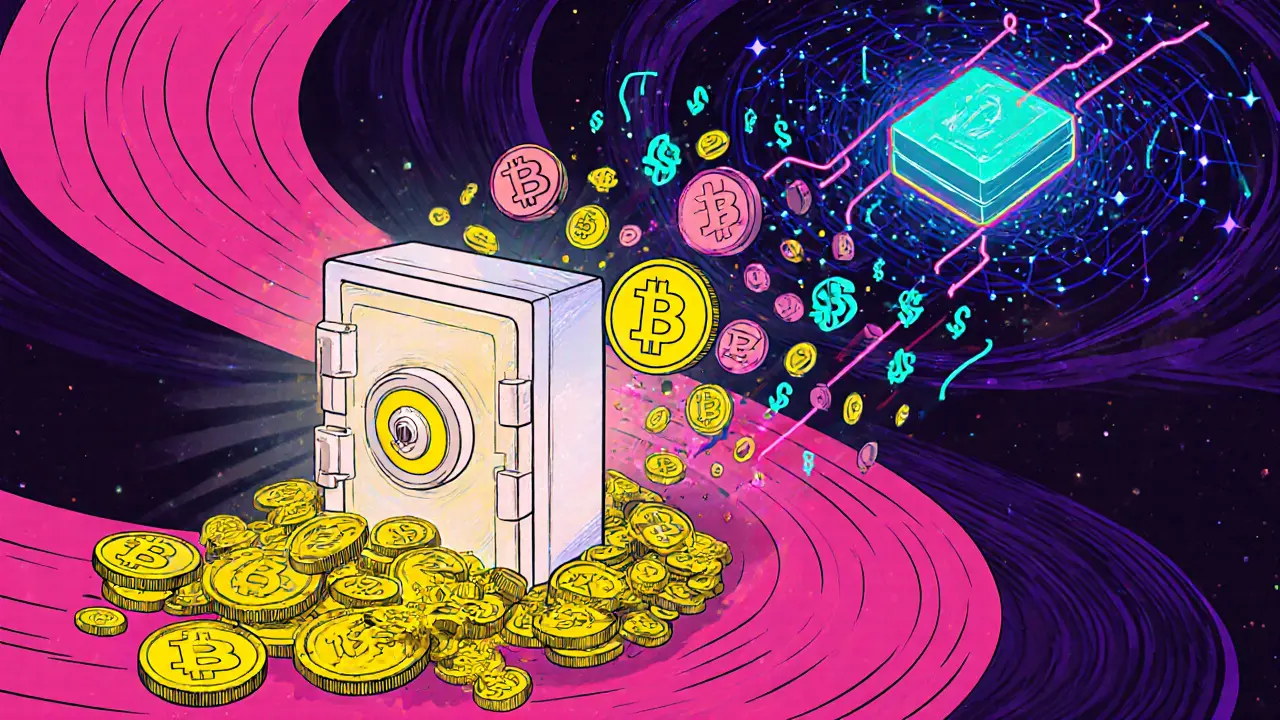Flash Loan Technology: What It Is and Why It Matters
When working with flash loan technology, a short‑term, uncollateralized borrowing method that runs within a single blockchain transaction. Also known as instant loan, it lets developers pull large sums of crypto, use them for a specific purpose, and repay them before the block finalizes. DeFi (decentralized finance) platforms host these loans because they can lock up vast liquidity pools (collections of assets provided by users to fund protocols) and execute code automatically. The magic behind flash loans lives in smart contracts (self‑executing agreements on blockchain), which guarantee that the borrowed amount is returned in the same transaction or the whole operation reverts. flash loan technology therefore enables complex strategies like arbitrage (buying low on one market and selling high on another within seconds). In short, flash loan technology empowers developers to create profit‑seeking or risk‑mitigating actions without putting up collateral, making it a cornerstone of modern DeFi experimentation.
How Flash Loans Work and What You Can Do With Them
Flash loan technology enables arbitrage opportunities across exchanges, stabilizes price discrepancies, and even fuels liquidation bots that protect borrowers from bad debt. The process follows three steps: a contract requests a loan from a liquidity pool, runs its custom logic—often swapping tokens on multiple DEXes—and finally repays the pool plus a tiny fee. Because the whole sequence is atomic, the blockchain either accepts the outcome or rolls back everything, meaning no partial execution can leave the pool exposed. This atomic nature creates a direct semantic triple: flash loan technology requires smart contracts to enforce atomic execution. Another triple links DeFi platforms providing liquidity pools that fund flash loans. Finally, flash loan technology enables arbitrage opportunities across markets. Practically, a trader can spot a price gap between two DEXes, borrow 10,000 USDC instantly, swap it for a cheaper token on one platform, sell it for a higher price on the other, and settle the loan—all in one block. Beyond arbitrage, developers use flash loans for collateral swaps, self‑liquidations, and even generating on‑chain statistics without moving capital. However, the power comes with risks: poorly designed contracts can waste gas, expose exploitable code paths, or trigger front‑running attacks. Understanding the underlying smart‑contract logic and the health of the liquidity pool is essential before launching a flash‑loan‑based strategy.
Below you’ll find a curated set of articles that dive deeper into flash loan technology and its real‑world uses. We cover everything from step‑by‑step guides on building your first flash‑loan contract, to case studies on successful arbitrage bots, risk management tips, and the latest regulatory chatter around uncollateralized borrowing. Whether you’re a developer looking to experiment, a trader hunting profit opportunities, or just curious about how DeFi keeps evolving, the posts ahead will give you practical insights and actionable advice. Let’s explore the world of flash loans together and see how they’re reshaping crypto finance.
Future of Flash Loan Technology in DeFi: Trends, Risks, and Opportunities
Explore the future of flash loan technology in DeFi, covering how it works, current adoption, security risks, regulatory trends, and emerging opportunities.
